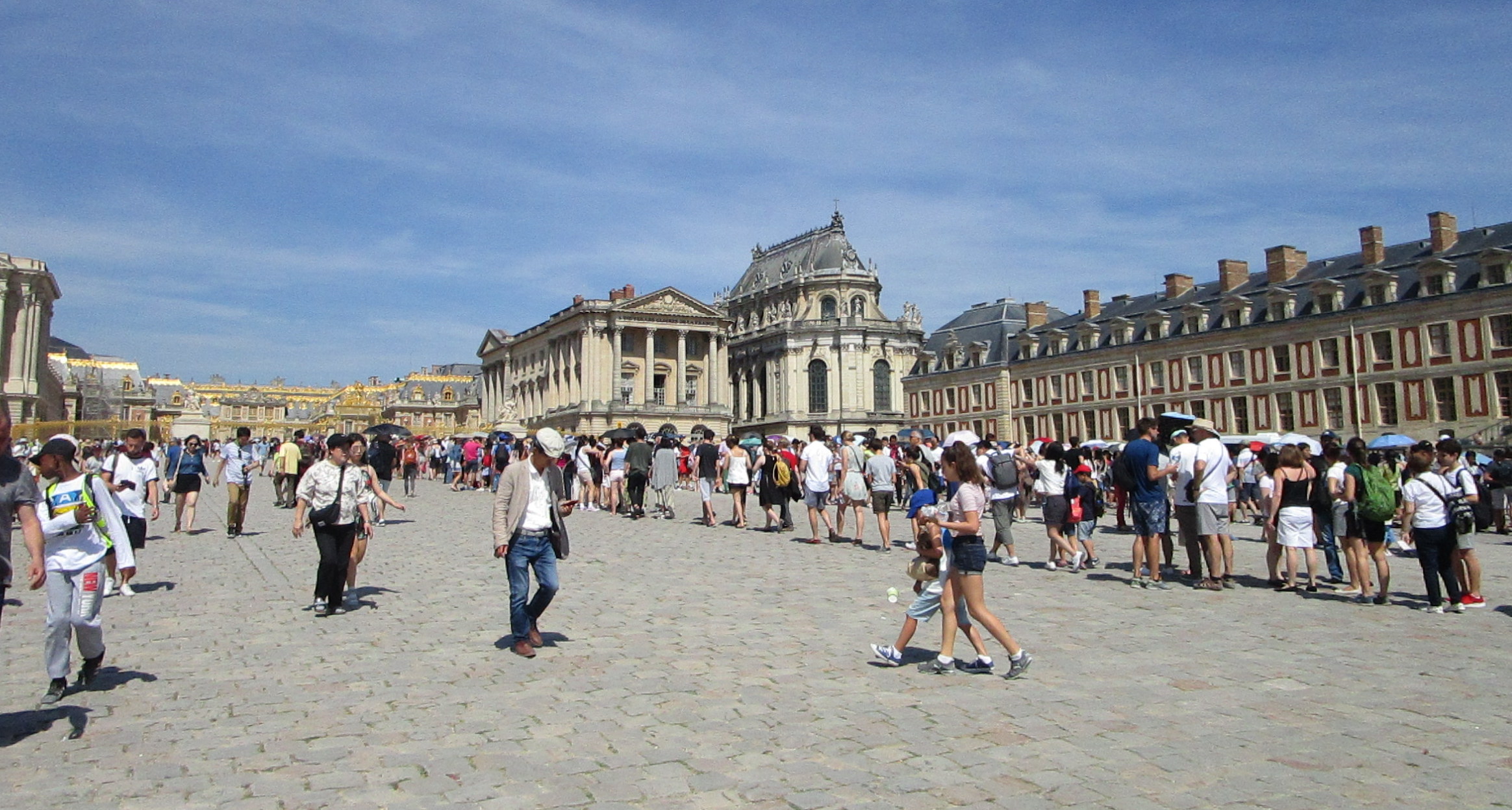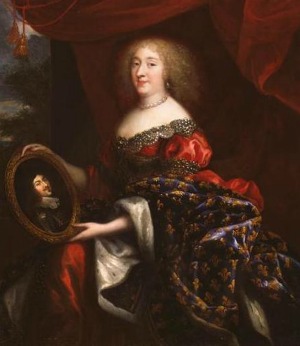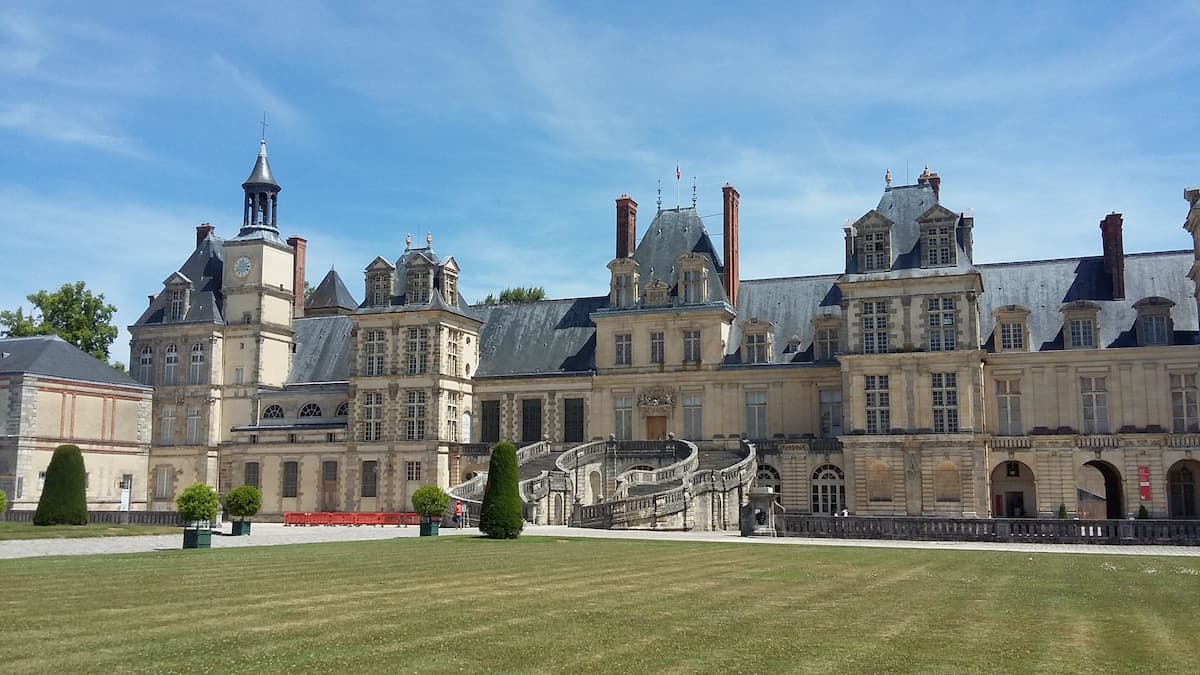Château de Champs-sur-Marne
A Fascinating Palace with a Rich History
The Château de Champs-sur-Marne is a stunning neoclassical palace located in the town of Champs-sur-Marne, just outside of Paris, France. It was built in the early 18th century for Charles Renouard de la Touane, a treasurer to King Louis XIV. The palace is known for its elegant architecture, beautiful gardens, and rich history.
DISCLOSURE: I get commissions for purchases made through some of the links in this article.
Move your mouse around in this image to take a look around the Champs-sur-Marne palace and gardens!
History
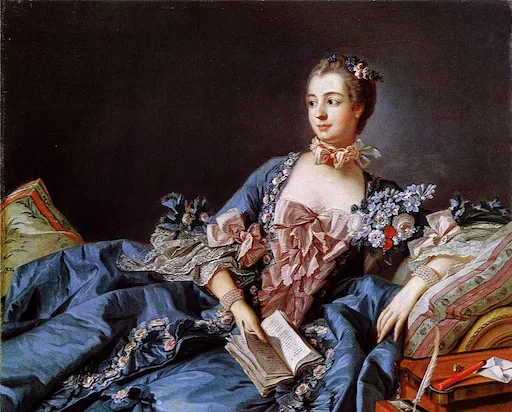 Madame de Pompadour, mistress of King Louis XV
Madame de Pompadour, mistress of King Louis XVThe Château de Champs-sur-Marne has been owned by a number of notable figures over the centuries. Madame de Pompadour rented the Château de Champs-sur-Marne from the Duke of La Vallière in 1757. She rented it for 12,000 livres per year and spent 200,000 livres in less than eighteen months to renovate the palace.
Madame de Pompadour was a mistress of King Louis XV and a powerful figure in French society. She used the Château de Champs-sur-Marne as a retreat from the court of Versailles. She hosted lavish parties and entertained guests of all ranks at the palace.
Madame de Pompadour died in 1764 and the Duke of La Vallière reclaimed the Château de Champs-sur-Marne. The palace was later owned by a number of other notable figures, including the Princess of Conti and Louis Cahen d'Anvers.
During the French Revolution, the palace was confiscated by the state and used as a hospital. After the Revolution, the palace was returned to its owners, but it was later sold to a banker named Louis Cahen d'Anvers.
In the early 20th century, Cahen d'Anvers restored the palace to its former glory. He also added a number of new features, such as a library and a music room. After Cahen d'Anvers' death in 1918, the Château de Champs-sur-Marne was donated to the French government and opened to the public as a museum.

Architecture
The Château de Champs-sur-Marne is a masterpiece of French neoclassical architecture. It was designed by Pierre Bullet, the architect of the Grand Trianon at Versailles. The palace is characterized by its symmetrical design, its use of columns and pilasters, and its grand central staircase.
The interior of the palace is just as impressive as the exterior. The rooms are decorated with elaborate stuccowork, tapestries, and paintings. The palace is also home to a number of important works of art, including a portrait of Marie Antoinette by Élisabeth Vigée Le Brun.
The Chinese Salon is one of the most popular rooms in the Château de Champs-sur-Marne. It was added to the palace in the mid-18th century by the Duke of La Vallière, who was a great admirer of Chinese culture. He was also a great admirered of Madame de Pompadour, who had created her "chinoiserie" décor at château de Choisy. He copied her example.
The room is decorated with elaborate chinoiserie paintings by the artist Christophe Huet. The paintings depict scenes of Chinese life, such as pagodas, gardens, and people dressed in traditional Chinese clothing.
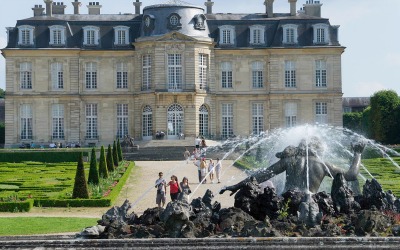
The Chinese Salon is also furnished with a variety of Chinese furniture, including cabinets, screens, and chairs. The room is lit by a number of Chinese lanterns.
The Chinese Salon was a popular gathering place for the aristocracy in the 18th century. It was also used for concerts and other performances. Today, the Chinese Salon is one of the most popular rooms in the Château de Champs-sur-Marne for visitors to tour.
Here are some interesting facts about the Chinese Salon:
The paintings in the Chinese Salon are considered to be some of the best examples of chinoiserie art in France.
The furniture in the Chinese Salon is all original and dates back to the 18th century.
The Chinese Salon was used for a variety of social events in the 18th century, including concerts, balls, and card games.
The Chinese Salon is one of the most popular rooms in the Château de Champs-sur-Marne for visitors to tour today.
Visiting the Château de Champs-sur-Marne
The Château de Champs-sur-Marne is open to the public for tours.
Take a guided or Self-guided tour of the palace's interior. Tours are offered in French and English. Visitors can also explore the palace's gardens and have lunch or tea in the café.
Opening hours:
April to September: 9:30am to 6:00pm
October to March: 10:00am to 5:00pm
For Ticket prices you can visit the palace's website:
How to get there:
The Château de Champs-sur-Marne is located about 20 kilometers east of Paris. It can be reached by train, bus, or car.
By train: Take the RER E train to the Noisiel station. From the station, take the bus line 220 to the Château de Champs-sur-Marne stop.
By bus: Take bus line 220 from the Noisiel train station or the Champs-sur-Marne town center.
By car: Take the A4 motorway to the Noisiel exit. Follow the signs for the Château de Champs-sur-Marne.
Events: The Château de Champs-sur-Marne hosts a number of events throughout the year, including concerts, exhibitions, and family activities. For more information, visit the palace's website.
